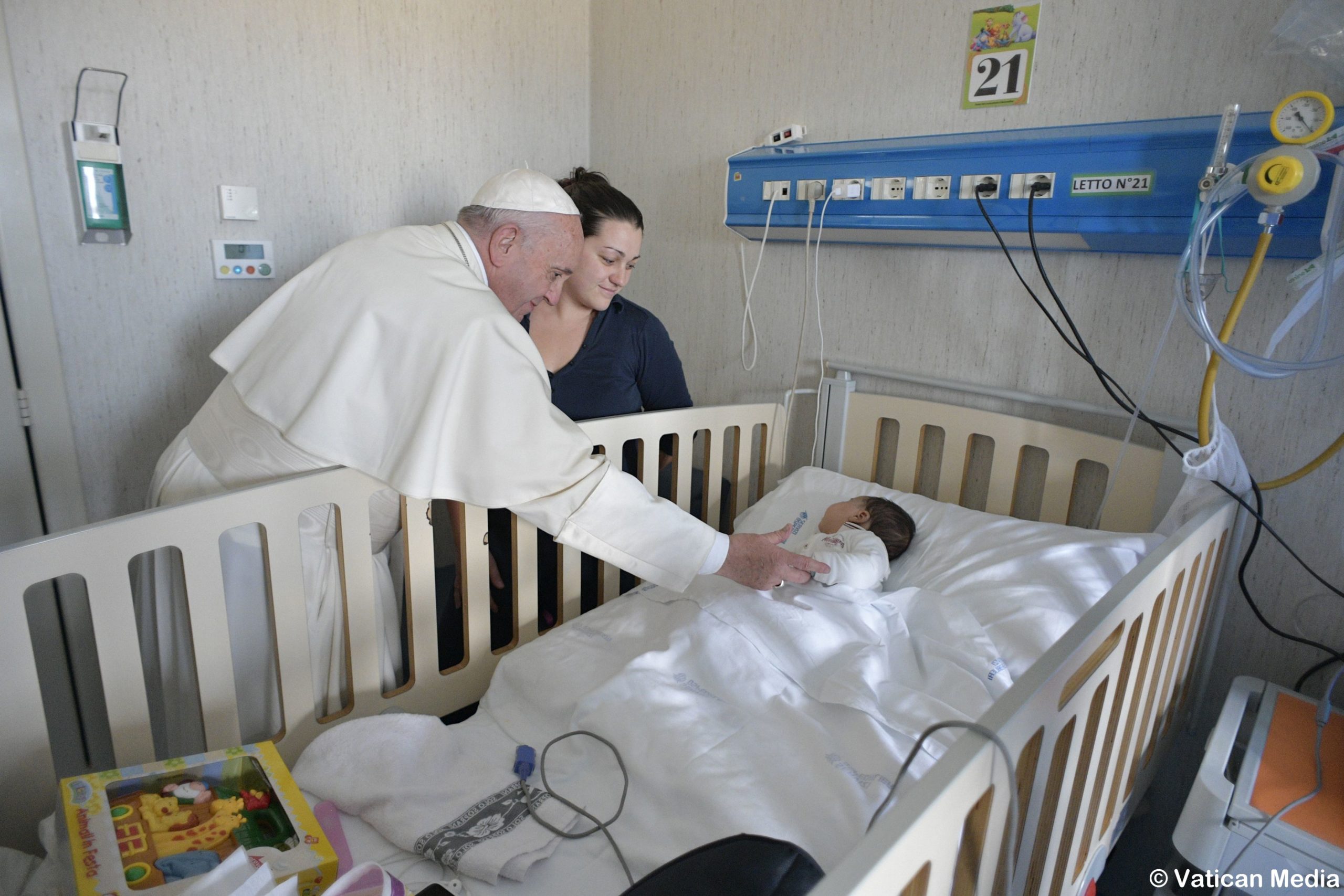The Baby Jesus Paediatric Hospital and IBM bring together medical knowledge at the global level and cutting edge technology to speed up the diagnosis and treatment of pediatric patients affected by grave pathologies (cerebral tumors and rare diseases). The end objective is to develop a database able to integrate genomic, clinical, laboratory and anonymized imaging information with Artificial Intelligence.
The Baby Jesus Paediatric Hospital, the largest pediatric hospital and research center of Europe, and IBM (NYSE: IBM) announced a multi-faceted strategic collaboration, geared to improve pediatric research and translate it more speedily into care.
Using precision medicine and innovative therapies, the Baby Jesus Paediatric Hospital takes care of children and adolescents worldwide. The Hospital’s mission is to act as a clinic and highly specialized third level research center and to provide assistance pro bono to children wherever they come from. The Hospital operates not only in Italy but also in many developing countries, among them the Central African Republic, Tanzania, and Ethiopia.
The cutting edge pediatric care is producing a quantity and complexity of ever greater data, among which are advanced images, — omics, real-time monitoring and “real-world evidence.” Artificial Intelligence (AI) and Cloud can support the collection and analysis of such data. These innovative technologies are able to provide useful information to doctors, making possible the realization of research protocols to improve the diagnosis, the prognosis and the development of new therapies,
“For the Baby Jesus Paediatric Hospital the frontier of medicine passes necessarily through the development of research and of scientific technology,” affirmed Mariella Enoc, the Hospital’s President. There is no cure without research and there is no future without research. Therefore, the integration of the competencies between two leading companies of innovation in pediatric research and in information technology represents great added value to reach the objectives of this collaboration and overcome the challenges posed daily to medical science, to the benefit of patients and their families.”
“Few challenges can be more important for society, than that of putting Artificial Intelligence to work in keeping with modalities that could bring benefits to the children in greatest need of help,” said John E. Kelly III, Vice-President of IBM. “IBM is honored to be able to collaborate with the Baby Jesus Hospital and to contribute to speed up the process for the development of potentially revolutionary treatments for rare children’s diseases.”
The collaboration between the Baby Jesus Paediatric Hospital and IBM will focus on pediatric cerebral tumors (PCT), with the objective of developing algorithms to accelerate the diagnosis and treatment of patients affected by medulloblastoma. Medulloblastoma is the most common problem that doctors who treat PCT face, representing 15-20% of all pediatric cerebral tumors. The early identification of the subgroup, of which the single individual is affected, can influence significantly the choice of the most appropriate therapeutic course, contributing in the final analysis to improve the results.
The Baby Jesus Paediatric Hospital and IBM will also collaborate in the area of rare diseases (RD). Although singularly rare, these diseases affect collectively 6-8% of the total population of the European Union and more than two-thirds of these disturbances affect children. IBM will support the Hospital in the realization of a database of anonymized data – including genomic, clinical, laboratory and imaging information — and it will develop algorithms that use Artificial Intelligence to improve the returned diagnosis, to speed up the diagnosis of patients affected by rare diseases and to identify new genes of the disease and characterize disturbances not previously recognized.



